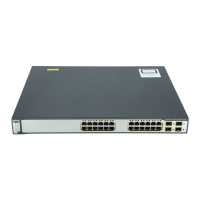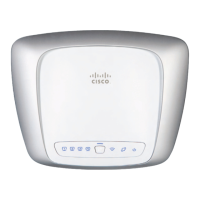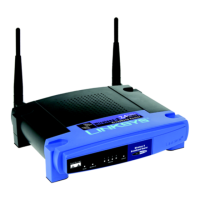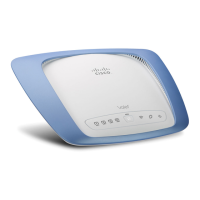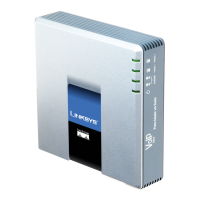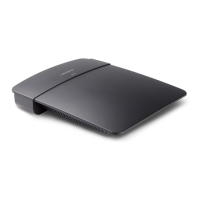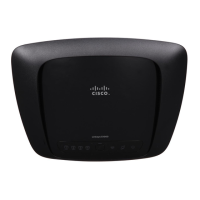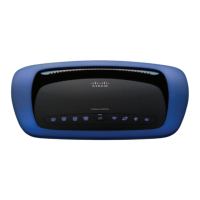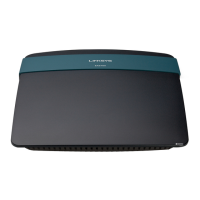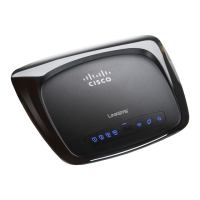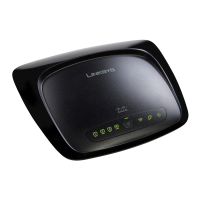CHAPTER 8
Digital I/O, Ignition, and CAN Bus Connectivity
This section contains the following:
• Overview, on page 59
• Digital I/O Features, on page 59
• The Digital I/O Connector, on page 60
• Digital I/O Specifications, on page 61
• Controller Area Network (CAN) Bus Features, on page 61
• Can Bus Power Connector, on page 62
• On-Board Diagnostic (OBD-II), on page 62
Overview
The Digital I/O connector has 4 GPIO connections, 1 Return connection, and 1 Ignition connection. The
Digital I/O supports Both Dry and Wet contacts up to 60Volts.
• Dry contact is isolated from a voltage source (or “No Volt”), with an embedded relay function (NPN
transistor), usually used to indicate an event. For example: open/close, alarm.
Wet contact is a contact with external power (+3.3V to +60V, max 150mA of current allowed at high
voltage) applied, usually used to energize something. For example: solenoid, light.
Connectivity for the CAN Bus is through 2 wires on the Power Connector that connects to the OBD-II connector
of the vehicle.
Digital I/O Features
Common features of the Digital I/O are:
• Withstands up to 60V applied at the terminal.
• Reverse voltage protected and causes no damage to the equipment.
• Digital input and output can coexist on different channel.
• LED Indicator: provision-able, On: Active, Off: Non-active.
• 4kV Surge protected (IEC 61000-4-5).
Cisco Catalyst IR1800 Rugged Series Router Hardware Installation Guide
59
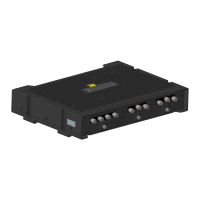
